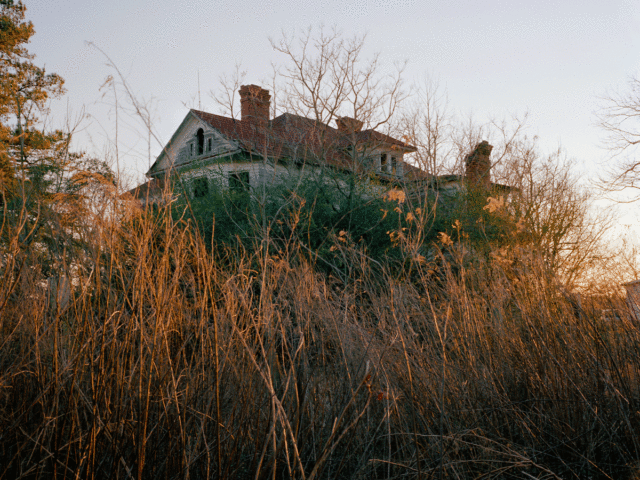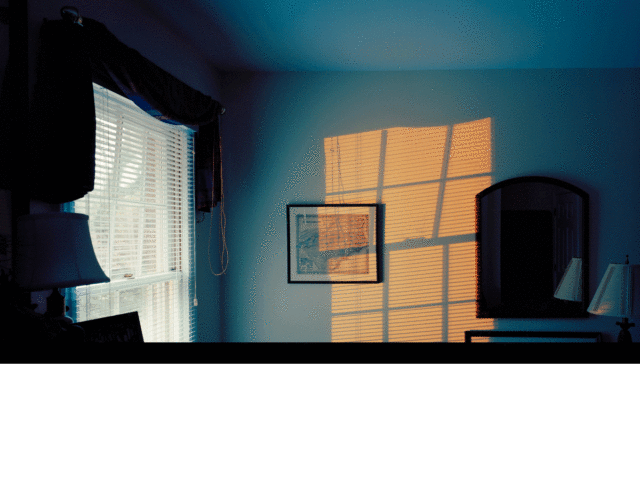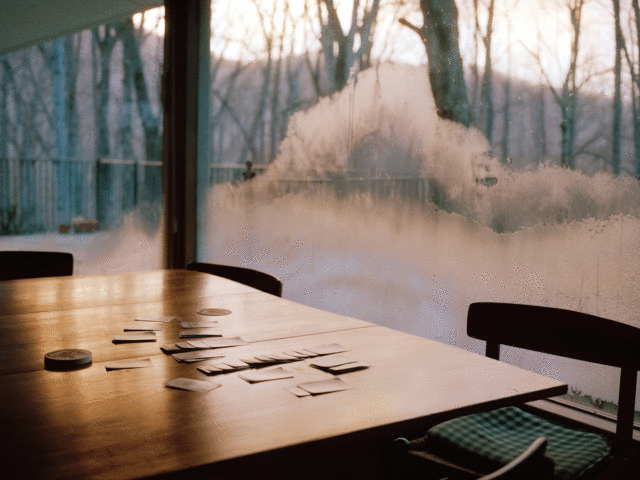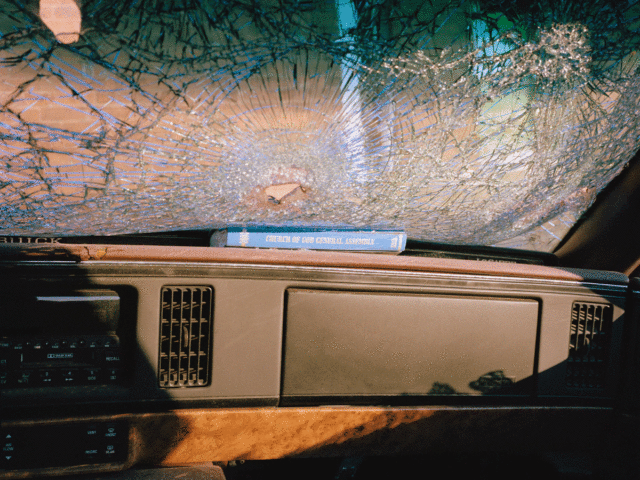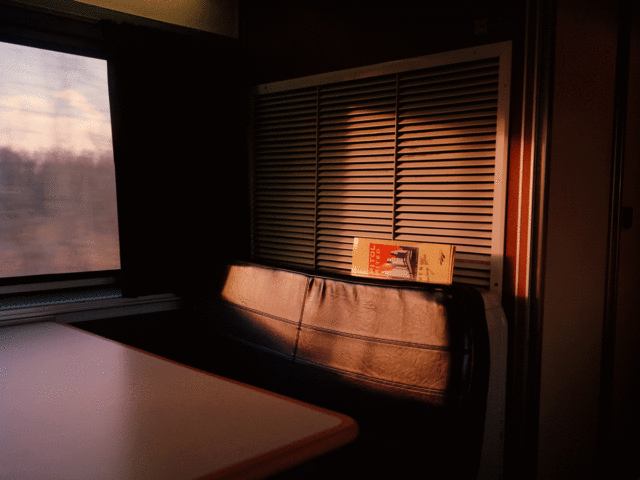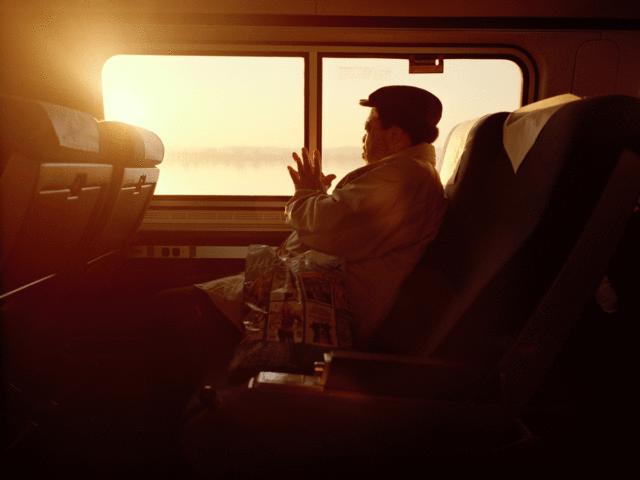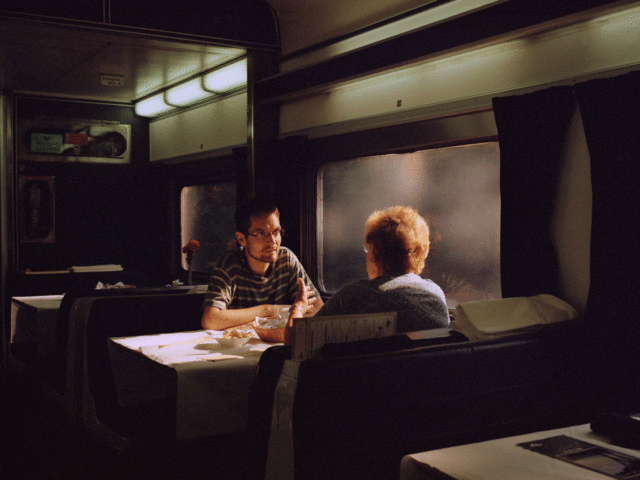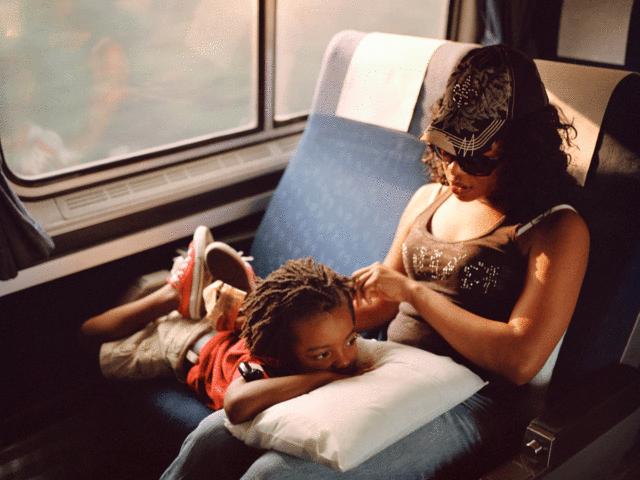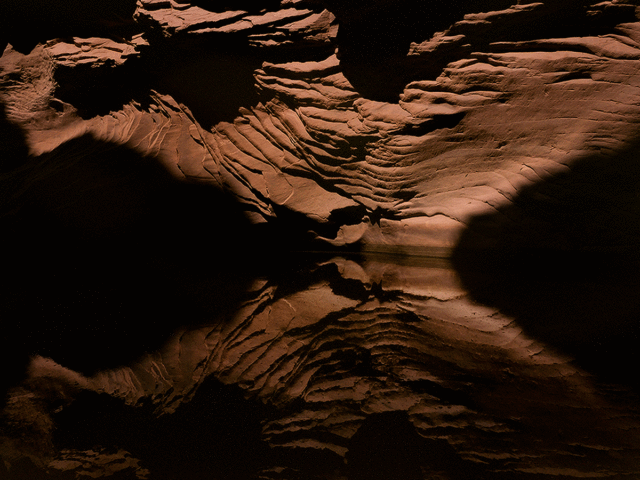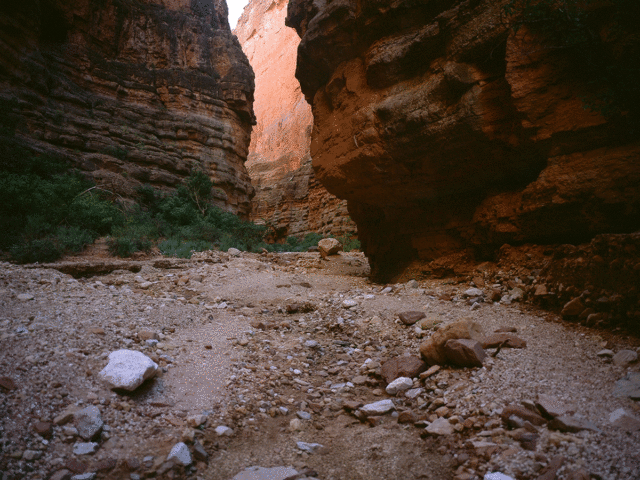McNair Evans
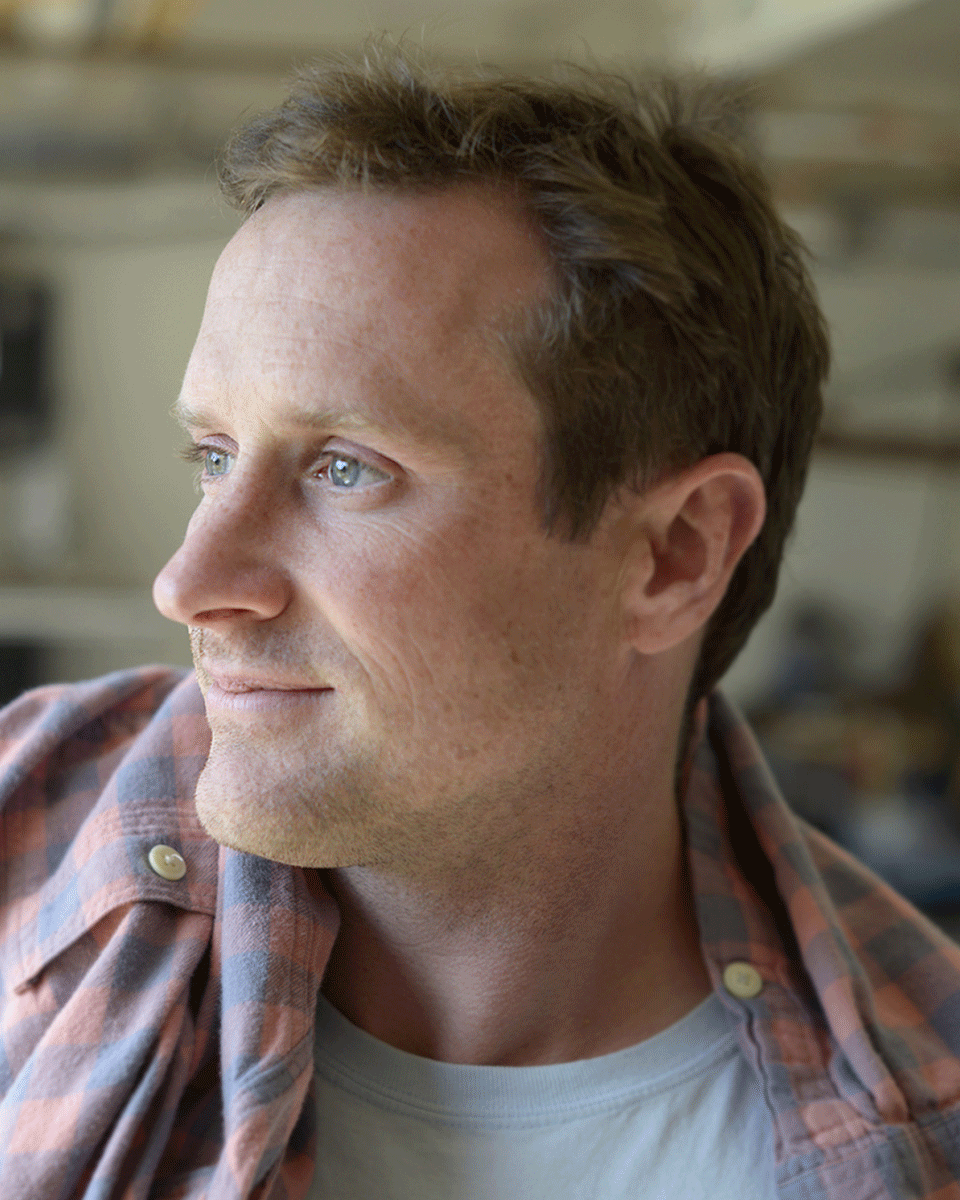
About
McNair Evans (https://www.mcnairevans.com/) McNair Evans grew up in a small farming town in North Carolina. He discovered photography as an anthropology student at Davidson College (BA, 2001) while recording the oral history for an Appalachian family in Madison County, NC. McNair’s work explores themes of shared experiences and identity by photographing the American cultural landscape amidst forces of modernization. His work presents personal, sometimes autobiographical, subject matter in unconventional narrative form, and is often recognized for its literary character and metaphoric use of light. His first book, Confessions for a Son (Owl & Tiger, 2014), explores the lasting psychological landscape of his father’s death through a once successful, North Carolinian farming empire. His subsequent project, photographed on Amtrak trains across America, follows that trajectory by combining original photography with first person, passenger-written accounts. The lives and stories of those traveling on passenger rail illuminate tensions between the individual and society’s expectations. His photographs are held in major public and private collections, including the San Francisco Museum of Modern Art, and his work has been featured in numerous exhibition settings and editorial publications including Harper’s Magazine, The New Yorker, and CA Sunday Magazine. McNair Evans is a nationally exhibited artist, 2016 Guggenheim Fellow, an active guest lecturer at universities and institutions nationwide, and currently represented by galleries in San Francisco, CA and Asheville, NC.
Gallery
LACP Interviews McNair Evans
LACP asks McNair Evans ten questions about his background, career in and beliefs about photography.
LACP: What kind of photographer are you?
McNair Evans: I am a fine art, documentary photographer specializing in projects that are ethnographic in focus. Oftentimes my work is autobiographical in nature, and I’m most interested in making long-form projects that inspect the relationship between individuals and the social structures in which they participate. Along with producing personal photography in the form of prints, exhibitions, and books, I receive fine art commissions, editorial assignments, and commercial projects. All of these ways of working form the fabric of my work, informing and strengthening one another.
LACP: How long have you been shooting?
ME: I began photographing in 2000 as an anthropology student at Davidson College. I was recording the oral history of an Appalachian family in Madison County, NC for a senior thesis project and began making portraits of the participants and their homes. At that time I had no formal training and was simply following the light meter of a 1980’s Canon AE1. My approach was ethnographic, and I used photography to document my field work. I shared the pictures back at school and my teachers proclaimed, “McNair, these pictures!”
LACP: Where did you get your training?
ME: After college graduation I began taking community art classes to learn darkroom photography, digital photography, and to grow creatively. These basic skills provided the technical foundation with which I solicited freelance photojournalism assignments from the local newspaper. I spent nearly two years working for an editorial / commercial photographer in the outdoor sports industry, and decided to pursue an MFA education at the Academy of Art in San Francisco. During graduate school I sought supplemental classes at the San Francisco Studio School, an excellent studio school unfortunately closed, and One-on-One Mentorships with Alec Soth and Mike Smith. These two photographers very much shaped my formal education in documentary and fine art photography.
LACP: When did you know you wanted to devote your life to photography?
ME: I replied, “Professors, these pictures!” thrilled that I had discovered a true vocation.
LACP: Did you ever come close to giving up?
ME: I have had hard times financially that were very productive creatively as well as periods that were financially beneficial but rather fallow creatively. This flow and balance is everlasting. There is always unknown, uncertainty, and to some degree fear. These are inherent to the artist path within today’s society. Learning to live and work through these stresses is essential to development and growth.
LACP: Have you sacrificed anything by being a photographer?
ME: Working as a photographer is a privilege not a punishment. In order to succeed as a creative professional I have to be creative in how I choose to live my life. Choosing to live in a Wyoming barn with no running water for $87 a month allowed me to spend more time learning and creating. That was an opportunity, not a sacrifice. Our individual journey can never be exactly like anyone else’s. The quicker we embrace the beauty of a unique experience the sooner we stop considering life outside the boundaries of ‘ordinary’ as a sacrifice.
LACP: What have you gained by being a photographer?
ME: When considering photography’s benefit to my life, I often think of Thomas Merton’s quote, “What can we gain by sailing to the moon if we are not able to cross the abyss that separates us from ourselves? This is the most important of all voyages of discovery, and without it all the rest are not only useless but disastrous.” For me photography has been a vehicle for this voyage, providing a process and practice with which to investigate some of my biggest challenges in life and to learn more about what it means to see every moment as a moment.
LACP: What classes do you teach at LACP?
ME: I teach a two-day intensive workshop in December titled Photo Book Development.
LACP: What do you love most about teaching?
ME: So often discussions about visual art jump straight to interpretations while skipping over the important processes of observing and describing what one sees. Teaching provides a platform to promote visual literacy through the sharing of concepts and vocabulary that empower someone to analyze and articulate their work. This really propels creative development. Witnessing that transformation is exhilarating.
LACP: What advice would you give someone who is thinking about making a career in photography?
ME: When considering a career in photography, it’s important to ask yourself what role or relationship you would like picture making to take in your life. Find that sliver of space where your work resides. What about your process is distinctly and undeniably yours? Lean into this and make work that feels authentic and emotionally true to you. While your career may never resemble that of your peers or those you admire, making pictures that feel true to you will ensure that your relationship with photography will always be rewarding.
